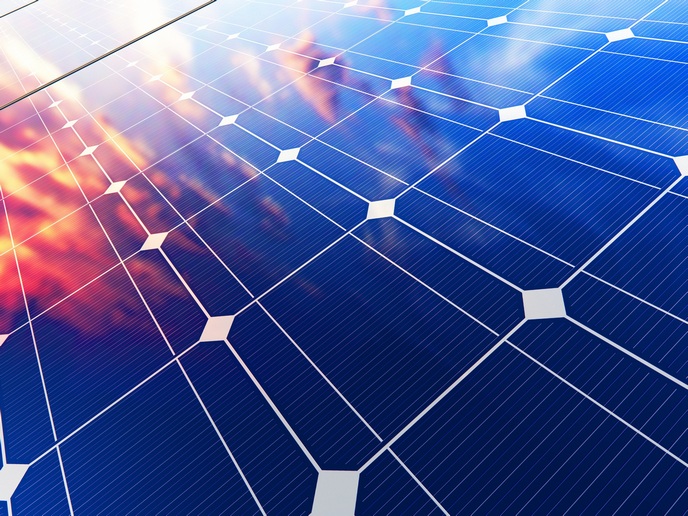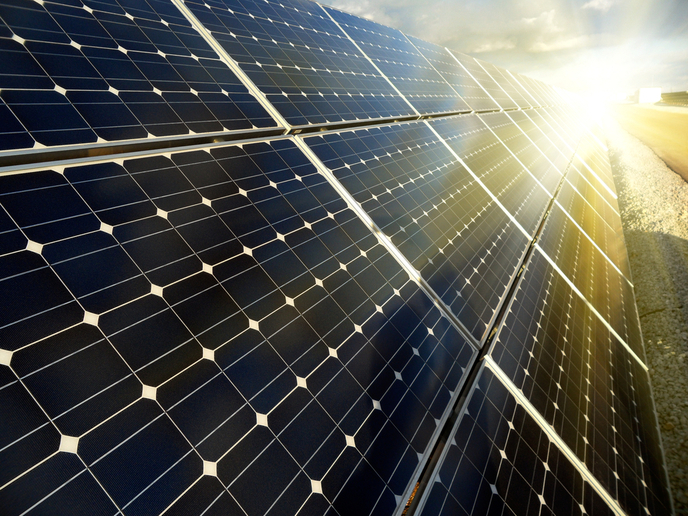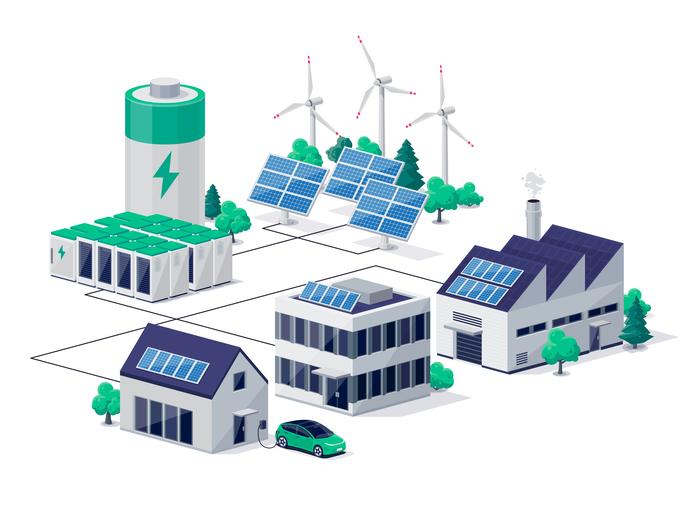Offering European scientists their moment in the sun
A solar furnace is a structure that employs concentrated solar energy – harvested using parabolic mirrors or heliostats – to produce high temperatures of up to 3 500 degrees Celcius.The resultant heat can be used to generate electricity, melt steel, make hydrogen fuel or produce nanomaterials. The oldest facility in the world, which is also home to the largest solar furnace, is located at the PROMES-CNRS laboratory in Odeillo Font-Romeu, France. European researchers – and by extension, science, society and industry – can benefit from gaining greater access to this unique facility. Funded under the Sixth Framework Programme's (FP6) Infrastructures theme, the 'High flux solar facilities for Europe' (Solface) project helped integrate PROMES-CNRS into the European Research Area (ERA). The project opened up access to PROMES-CNRS's Megawatt Solar Furnace (MWSF) and the 11 Medium Size Solar Furnaces (MSSFs) for visiting researchers. In addition, the highly promising and original frontier research carried out at the laboratory offered visiting scientists a unique top-level working atmosphere. Access was granted based on a three-phase selection process: identifying candidates, the technical evaluation of proposals, and final selection based on scientific merit. Solface met with far greater success than planned and anticipated. During its 4-year life span, the project was expected to host a minimum of 24 projects and 48 users. In reality, 30 % more projects and 70 % more users were hosted than originally planned. In total, Solface resulted in 32 research projects, carried out by 83 scientists from 10 European countries. Together, they published more than 60 scientific articles and international communications. Solface not only succeeded in deepening the ERA, but it also added to the pool of knowledge in a wide number of unexplored fields. These included solar-pumped laser technology and high-performance coatings to increase the lifetime of materials.







